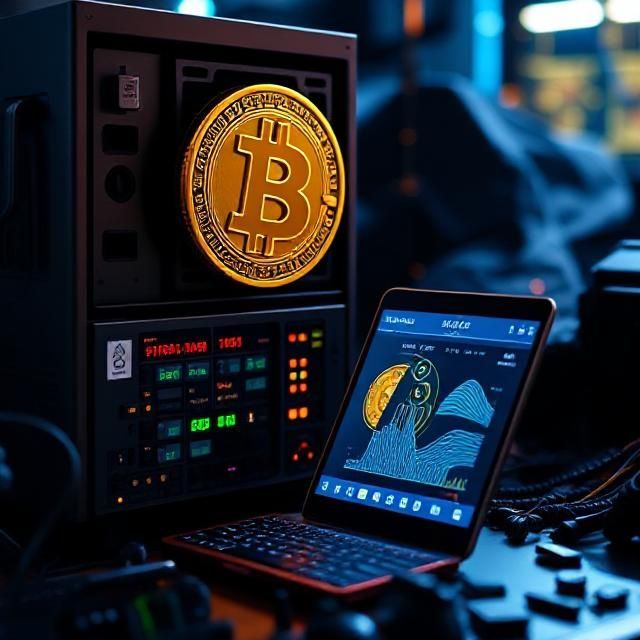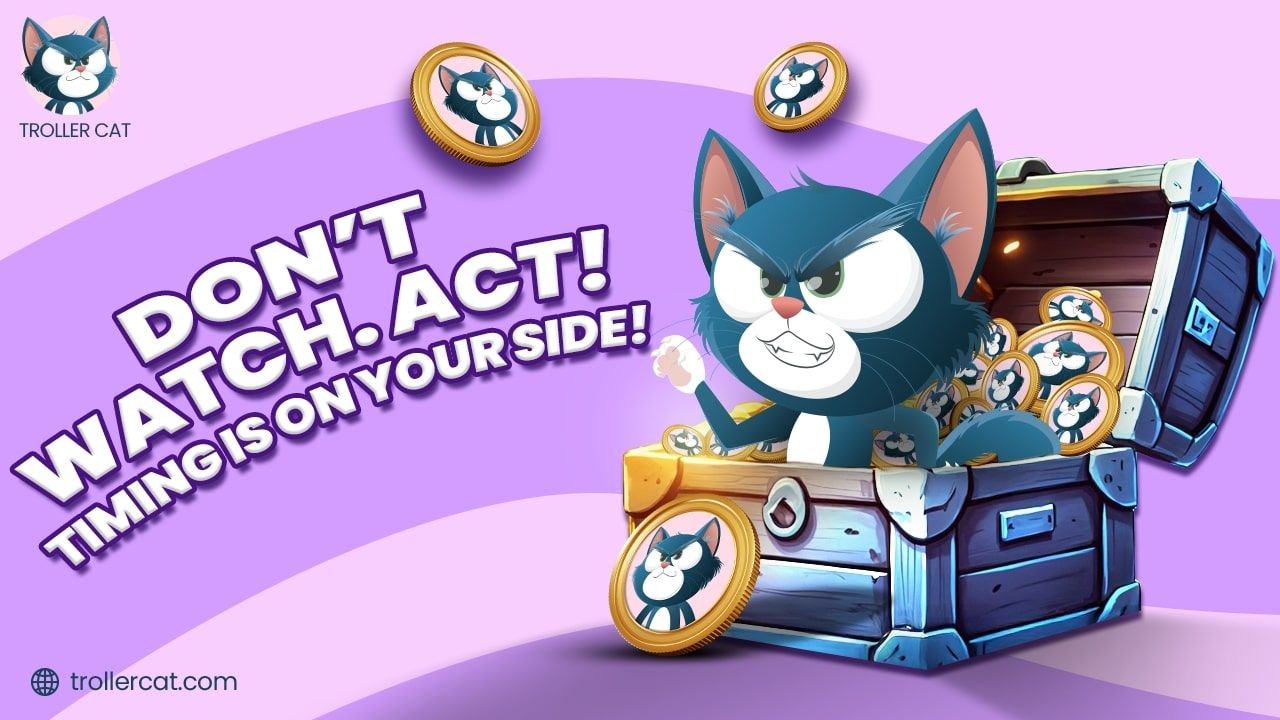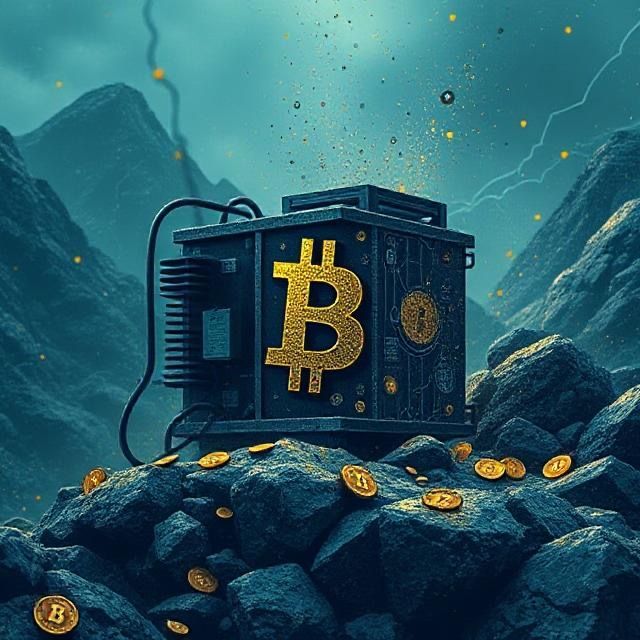The Beginner’s Guide to Stellar
Boasting a galactic ensemble of developers and one of the fastest cross-border exchange networks in the industry, Stellar is a success story waiting to happen in the world of cryptocurrency.
Spurring from the creative mind of Jed McCaleb, Stellar announces itself as “borderless, limitless [and] powerful.” With skyrocketing transfer speeds and some of the tiniest transaction fees on the market, this decentralized platform aims to practice what it preaches.
Stellar comes with its own crypto that bares an equally cosmos-like name. Lumens are the native assets of the network and they facilitate multi-currency transactions that include both fiat currencies and cryptos.
If you feel like exploring a new world in the ever-expanding universe of cryptocurrency, Stellar should be your first choice. Read on this beginner’s guide to Stellar and Lumens to venture where (maybe) no investor has gone before!
Stellar in a Nutshell
- Stellar is a decentralized platform for cross-border monetary transfers
- Stellar supports trades between different cryptos and fiat money
- Stellar aims to fight poverty globally and increase financial access globally
- Stellar was released in 2014 by Ripple’s departing co-founder, Jed McCaleb
- Stellar enjoys the support of industry masterminds like Matt Mullenweg and Patrick Collison
- Stellar uses Lumens as its native digital assets
- Stellar released 100 billion Lumens at the time of its launching
- Stellar has an annual inflation rate of 1%
- Stellar has a transaction time between 2-5 seconds
- Stellar supports the creation of smart contracts and ICOs on its ledger
- Stellar has its own decentralized exchange called StellarX
What is Stellar?
Stellar is “an open network for storing and moving money” according to its creators. If you are new to cryptocurrencies , you will find this description a bit sketchy and idealistic.
However, if you know a thing or two about cryptos, blockchains , and digital assets, this short depiction is a simple definition of a decentralized platform for monetary transfers. A closer look at it will reveal a payment network that aims to offer quick and cheap cross-border transactions through a cryptocurrency of its own.
It sounds a bit like Ripple and its famous XRP token, doesn’t it? If you are making this association, you’re not that far from the truth.
Stellar is the brainchild of Jed McCaleb, one of Ripple’s co-founders. In 2014, Jed decided to part ways with Ripple and found Stellar as a distributed blockchain-based ledger for international transfers of digital assets.
Stellar uses its crypto called Lumens (XLM) and promises secure monetary transactions at lightning speeds and featuring some of the lowest fees on the market. On this network, you can send money across the world in just 5 seconds and pay less than a penny for the transfer.
Besides enabling rapid transfers between various cryptocurrencies, Stellar also hosts ICOs on its ledger. It allows multi-signatures and smart contracts to ease the access of both neophytes and experienced traders in the crypto market.
A brief history of Stellar
In early 2014, Jed McCaleb left Ripple to create what is today its biggest rival. In the Stellar whitepaper , he talked about the platform’s main supporter, which is a nonprofit organization called the Stellar Development Foundation, which aims to expand financial access and literacy worldwide.
Jed wasn’t alone in his endeavor as he gathered a truly “stellar” advisory team around him formed of Matt Mullenweg (WordPress founder), Naval Ravikant (AngelList founder), Patrick Collison (Stripe CEO), Sam Altman (Y Combinator President), and former lawyer Joyce Kim.
Stripe even pitched in with an initial investment of $3 million to help McCaleb launch Stellar on July 31, 2014. Initially, the ledger’s crypto was named Stellar too, but it quickly changed to Lumens (XLM) and Mercado Bitcoin was the first exchange to use it in August of 2014.
At its launch, the Stellar network released 100 billion tokens. Stripe received 2 billion of them in exchange for its funding, and 25% would reach non-profit organizations. Also, 50% of the Lumens were made available for individual investors, while 20% reached Bitcoin and Ripple holders.
By early 2015, the platform already had 3 million registered users and had reached a market cap of nearly $15 million . Its’ market cap remained consistent throughout 2016 and oscillated around the $10 million marks.
2017 was a big year for Stellar, which saw the launching of its new commercial department called Lightyear.io. Towards the end of the year, the network partnered with IBM , KlickEx, and SureRemit to increase access to cross-border payments across the globe.
At the time of writing, Stellar has a market cap of $1,184,607,447 and a total supply of 105,383,593,994 XLM with one unit peaking in at USD 0.058908, according to coinmarketcap .
How does Stellar work?
Stellar is a decentralized network that uses a distributed ledger to track all the data and transactions that take place on it.
Lumen is the bridging intermediary between the currencies that make the subject of Stellar transactions. This cryptocurrency enables lightning speed money transfers that far surpass the waiting times of traditional banking institutions.
The platform uses the Stellar Consensus Protocol, which enables the exchange of both fiat currencies and cryptos quickly and inexpensively.
For example, if you want to send a sum of U.S. Dollars to your friend in the European Union, you can complete the transaction in just a few seconds as opposed to a centralized bank’s waiting interval of 2-4 business days.
Both you and your friend must have Lumen-compatible wallets to perform this transaction. Simply access an online exchange , transfer the US Dollars from your wallet to an anchor on the ledger, and a few seconds later your friend receives the same amount converted in EUR in his wallet.
In that small period, your fiat money is converted by the network into Lumens and then converted back into fiat money at the lowest available exchange rate before reaching your friend. The whole process is possible through the use of anchors, which act as virtual entities and reliable replacements for classic banking institutions.
Stellar also uses multi-currency technology, which enables users to trade currencies even if there are no pairs available between them. For example, if you want to exchange USD for AUD, but the USD-AUD pair is not there, the network will pass the assets through a chain of conversions that may go something like this: USD-EUR, EUR-GBP, and finally GBP-AUD.
How to buy and own Stellar
You can get in on Stellar by trading other cryptos for Lumens. All you need to do is set up an account at one of the many online exchanges, have a wallet ready and buy Bitcoins or Ether with fiat currency. Next, you can use your cryptocurrency to get Lumens and store them back into your wallet.
You can easily buy Stellar Lumens here:
Stellar also has its own decentralized exchange called StellarX . Here, it is the only place where you can trade Bitcoin for Euros or the Chinese Yuan.
Where to store Stellar
You can store Lumens just as easy as you keep any cryptocurrency safe, which is on one of the many available wallets out there. Ranging from hardware to mobile wallets and from cold to hot storage , these crypto holders rely on high-security systems and well-defined login details that you must never lose or share with anyone.
Here are some easily available wallets for storing your Lumens:
Desktop Wallets
Mobile Wallets
Web Wallets
The advantages of using Stellar
- Stellar supports smart contracts and ICOs
- Stellar is scalable and can process thousands of transactions per second
- On Stellar, payments take between 2-5 seconds to complete
- Transactions include small, almost unnoticeable fees
- The Stellar Consensus Protocol enables the exchange of both fiat currencies and cryptos
The risks of investing in Stellar
- Stellar has a small circulation supply of only 20,109,579,139 XLM at the moment
- Development is slow, and only a tiny amount of Lumens can be released to avoid price volatility
The post The Beginner’s Guide to Stellar appeared first on Crypto Adventure.




